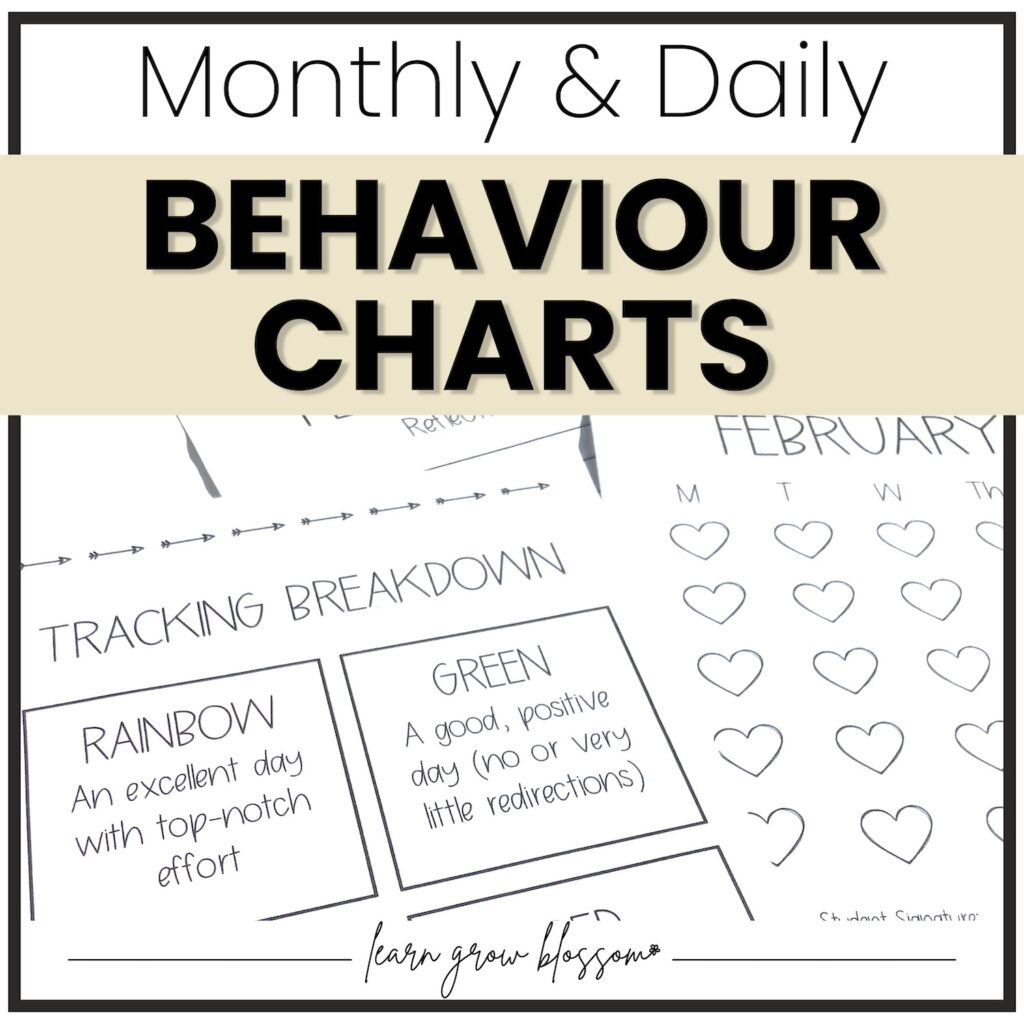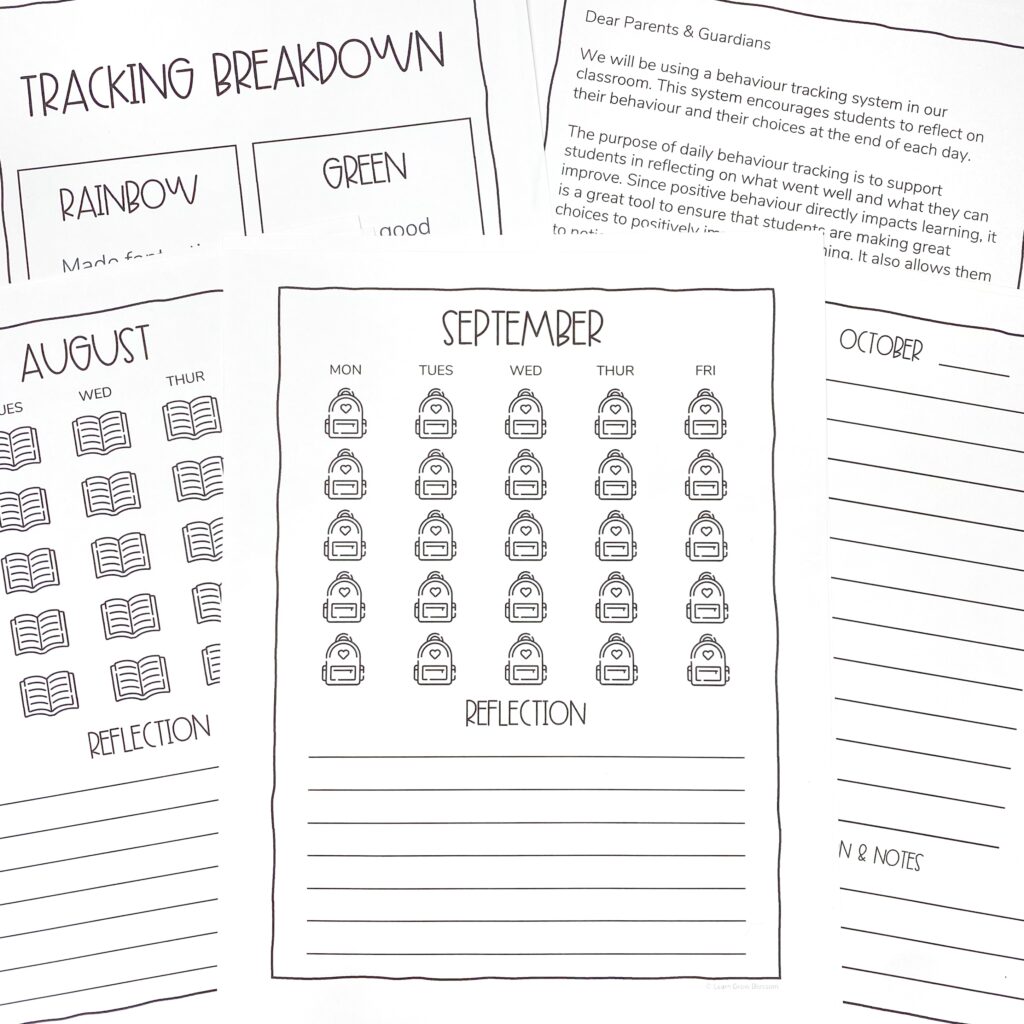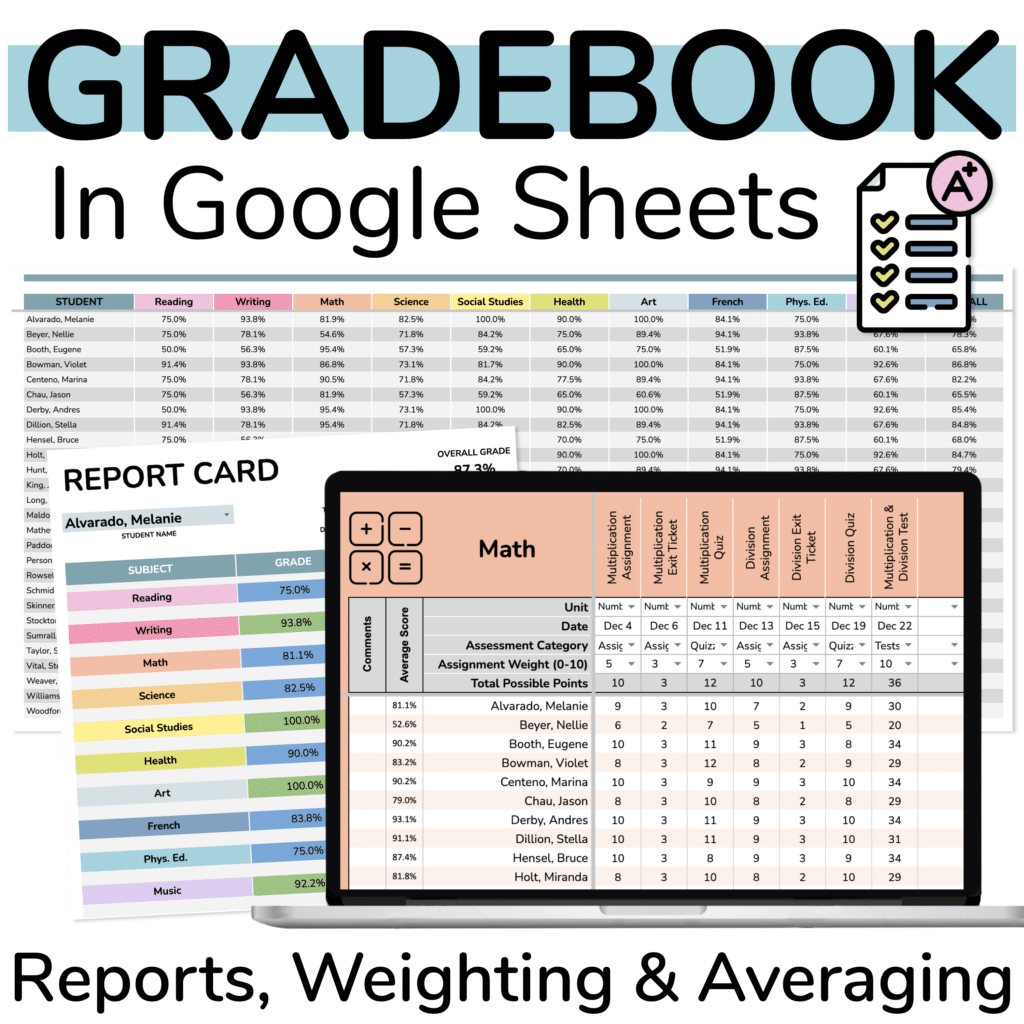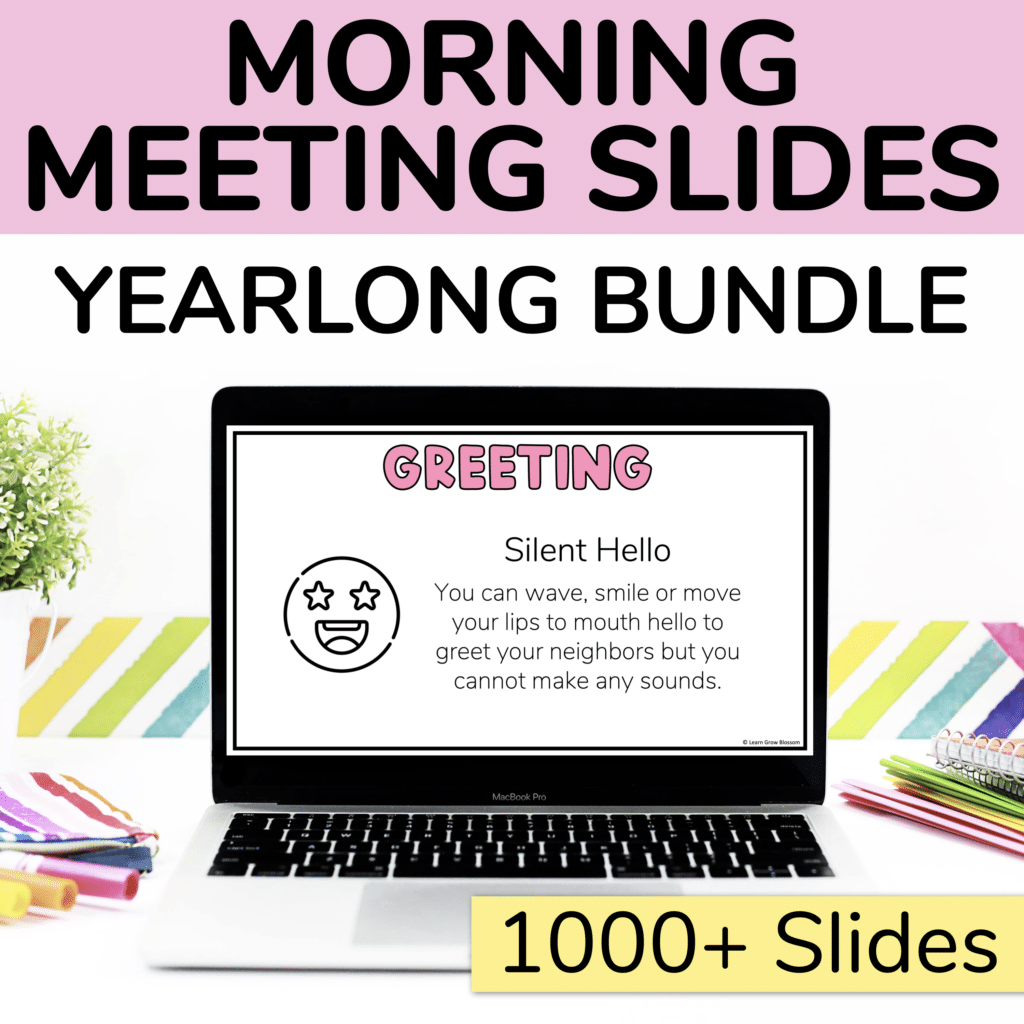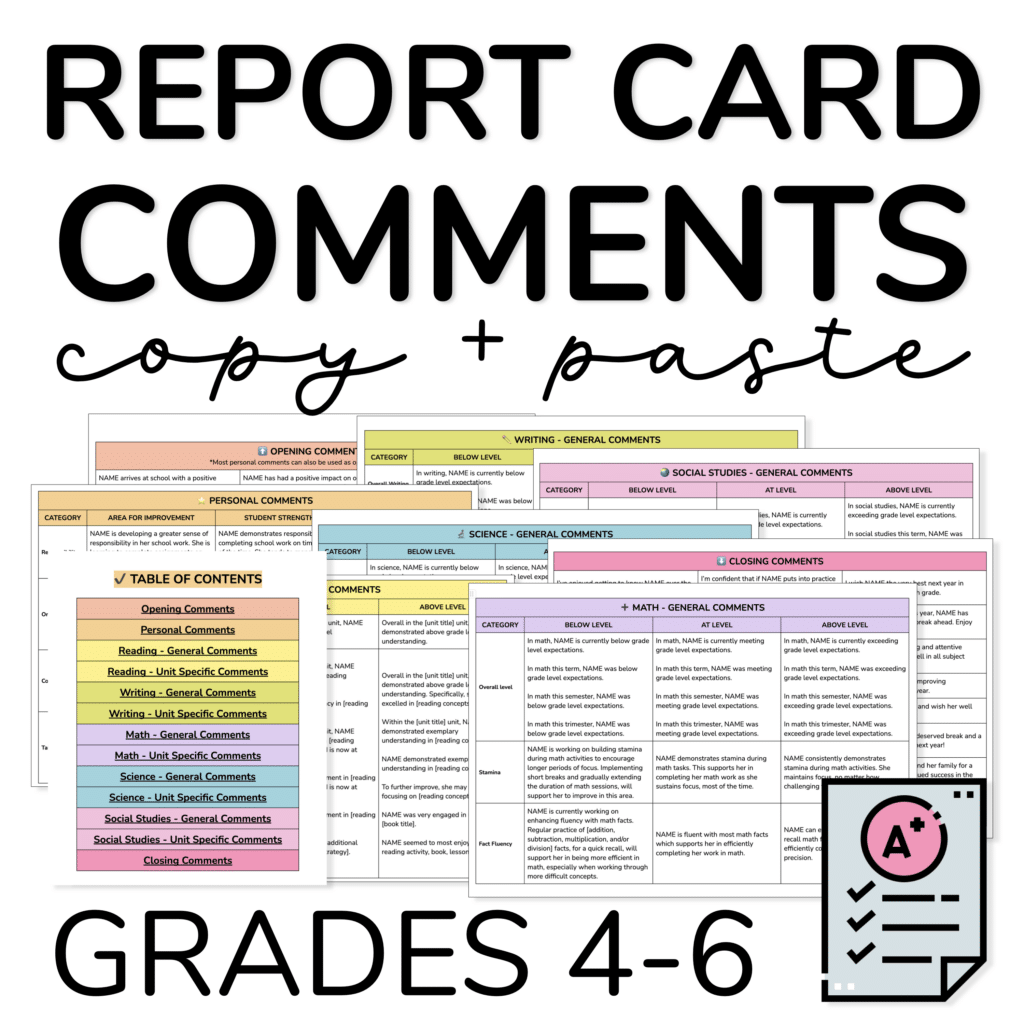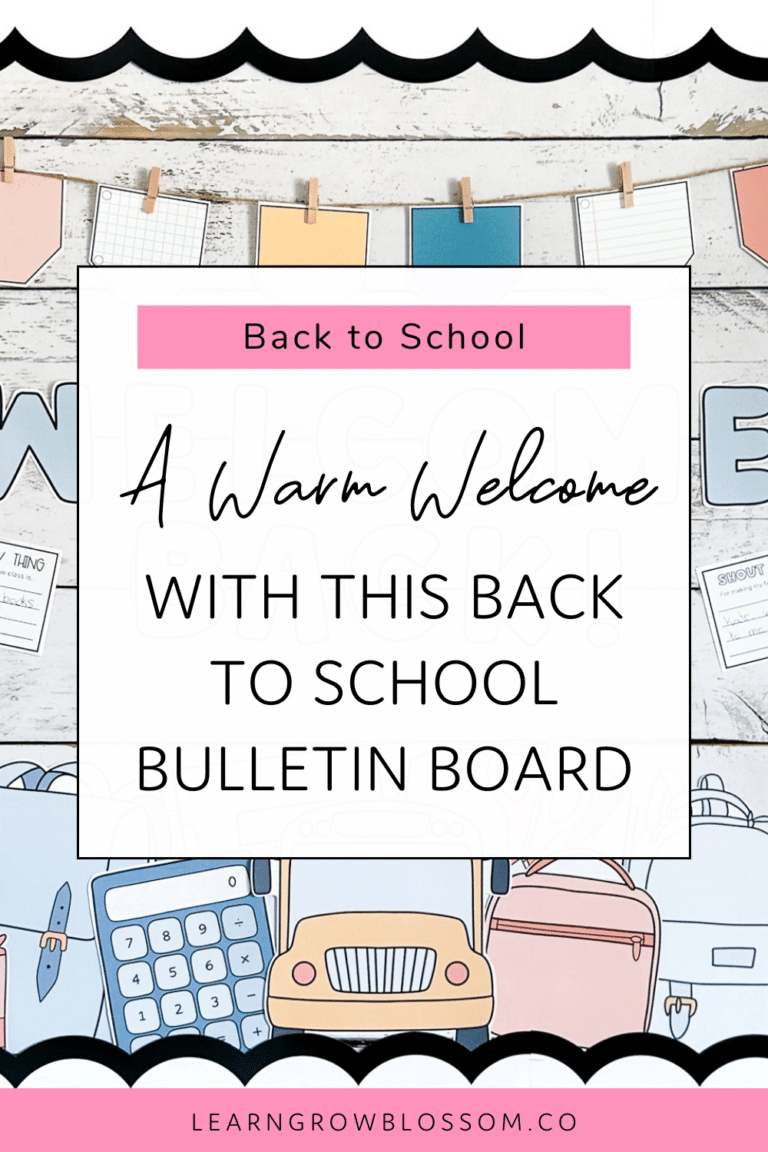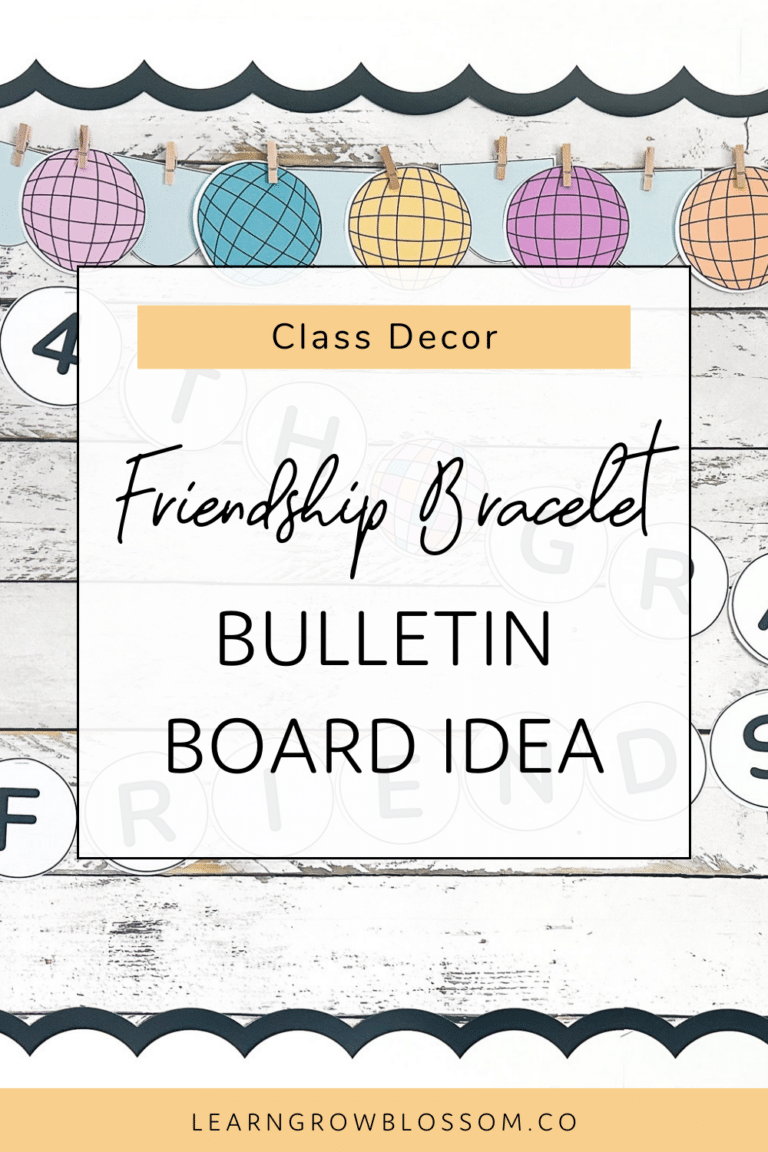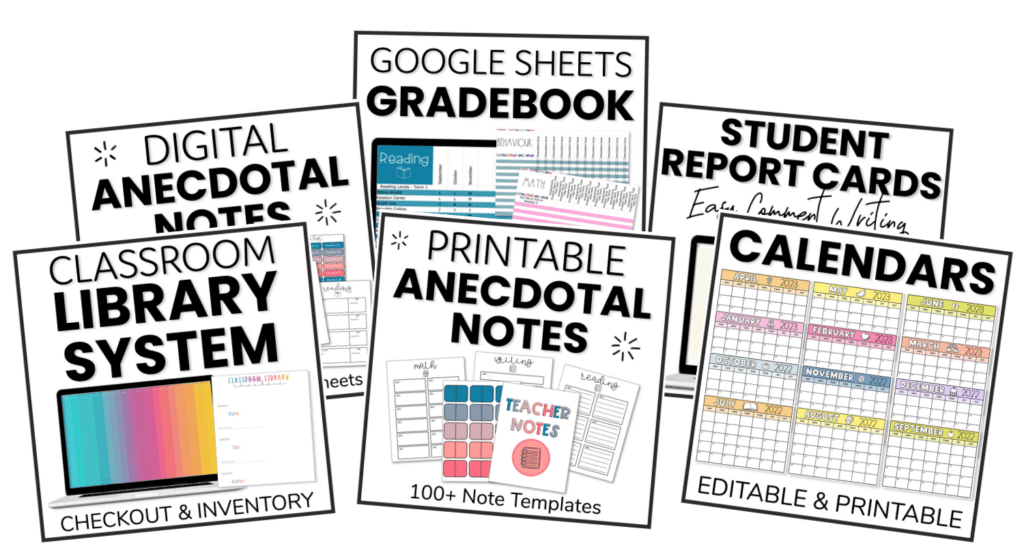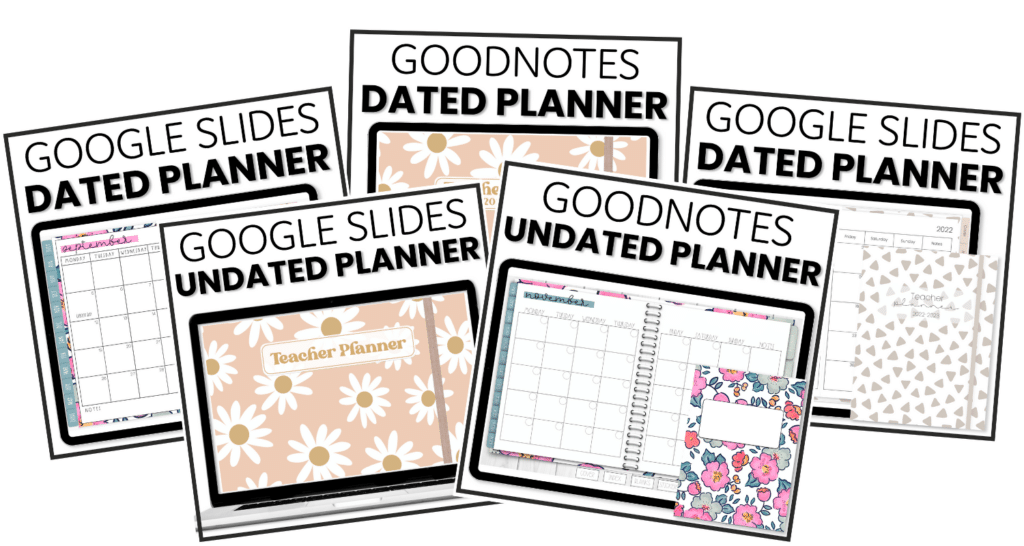I’m going to start by saying that I know discussing the philosophy behind the use of a clip chart as a classroom management strategy can get everyone in a tizzy. I’ll also say that I, too, used to use a clip chart.
The keyword there is that I used to.
When you know better, you do better.
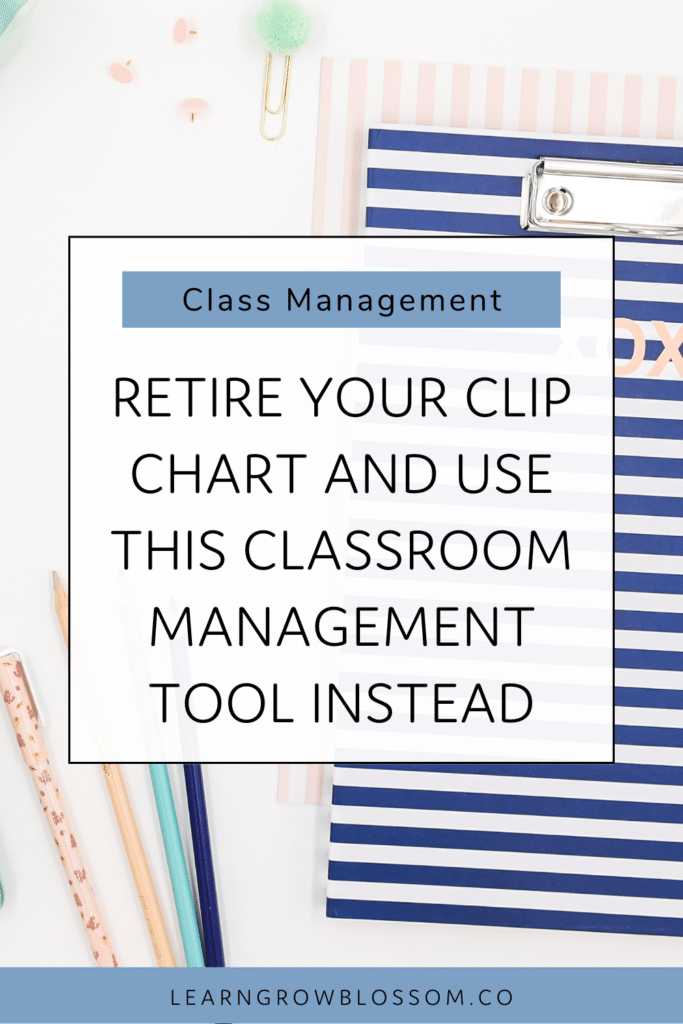
The Problem With Using A Clip Chart
It’s Not Effective
I know that there are people out there who will argue all day long that using a clip chart is effective in reducing unwanted behaviour.
Although they might decrease unwanted behaviour in an individual child right after they “clip down”, they do not help reduce unwanted behaviour in the long run.
In fact, it can increase the likelihood that that child will display the unwanted behaviour again if they start to see themselves as or become labelled as a “troublemaker” in the class.
It Shames Kids
To put it bluntly, if unwanted behaviour decreases, it is because the child was shamed into reducing that behaviour.
What really helped this click for me was the example that if my administrator chastised me in front of the other staff at a staff meeting, I would be enraged. If there is a problem with a professional decision I’ve made or my behaviour in some way, I would expect a private discussion with my admin.
Why should it be any different for our students?
It Doesn’t Build Community
For me, one of the most important things is classroom community. Without it, management falls apart and getting any teaching done is tough.
Using a classroom management system that involves using a clip chart doesn’t foster classroom community.
In fact, it pits students against each other and often focuses on the less desirable behaviours.
The Solution: Behaviour Charts
Here’s where I pitch an idea that may be new to you.
I am a huge fan of using behaviour charts or behaviour tracking sheets. I’ve seen them be named many different things but they are all essentially the same.
Using behaviour tracking sheets has been a huge positive change in my classroom management.
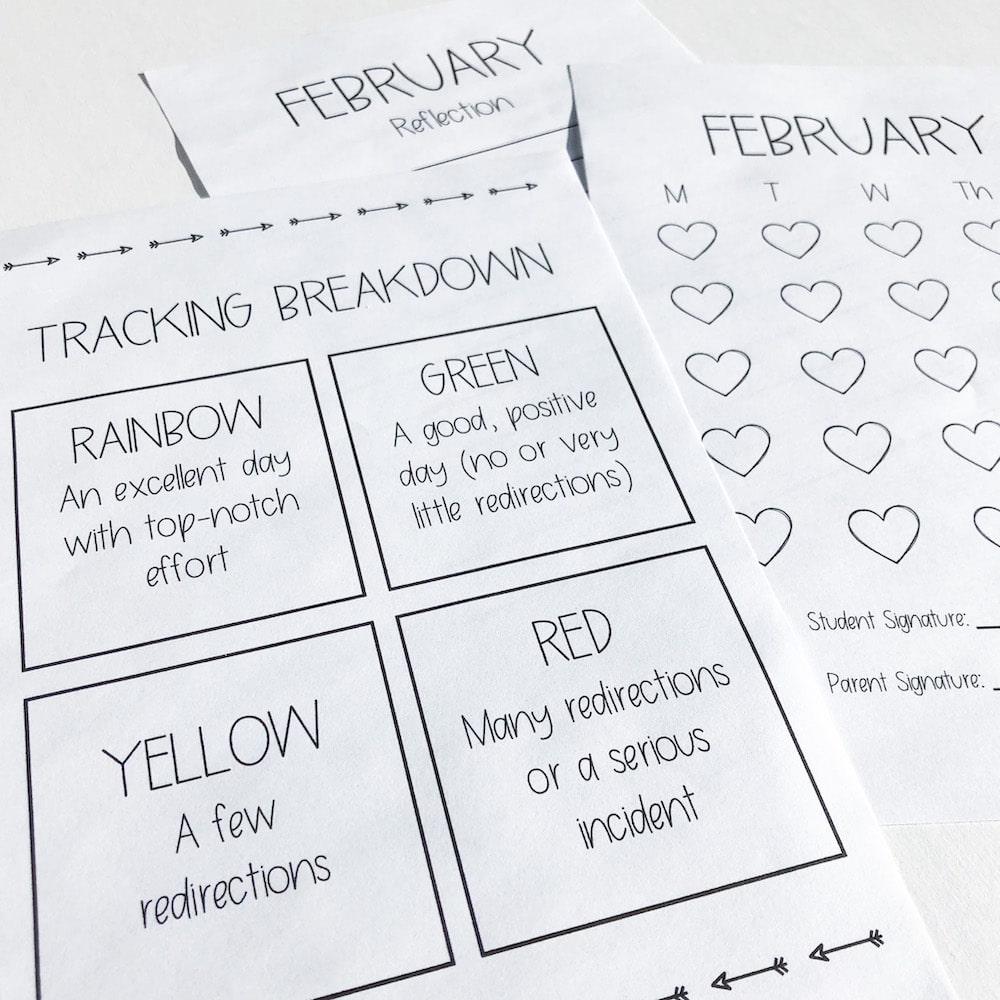
How It Works
Students have a behaviour chart that they fill out at the end of the day.
Students colour in that day’s section with either rainbow, green, yellow, or red.
Here’s the breakdown:
- Rainbow = Wonderful, above average day for that student
- Green = Good, average day
- Yellow = A few redirections needed or not doing best work
- Red = Many redirections needed or a serious incident
Once students have filled out their behaviour charts, they raise their hand so I can quickly check them.
This part is so important because it allows me to have a quick conversation with each student about their day. It can be as simple as me saying “thanks for the hard work” or discussing with a student how they can make different choices the next day.
At the end of the month, students review the month’s chart and write a short reflection about their behaviour.
It’s Effective
By using this approach, I’ve seen a big change in students’ behaviour. They are more accountable for their actions and they are learning to reflect on their choices.
Not One Size Fits All
This approach fits the student instead of expecting each student to fit the clip chart expectations.
This means that a yellow on the individual behaviour chart for one student might not be the same as a yellow for another student. Since behaviour charts are filled in privately, it allows for differentiation.
It Builds Community
Having a common language anchored in a behaviour chart classroom management system helps build classroom community because it gets everyone on the same page.
It’s also wonderful for giving parents a common language and bringing them in. Parents will often check in with their children when they get home by asking them what colour they “got” that day.
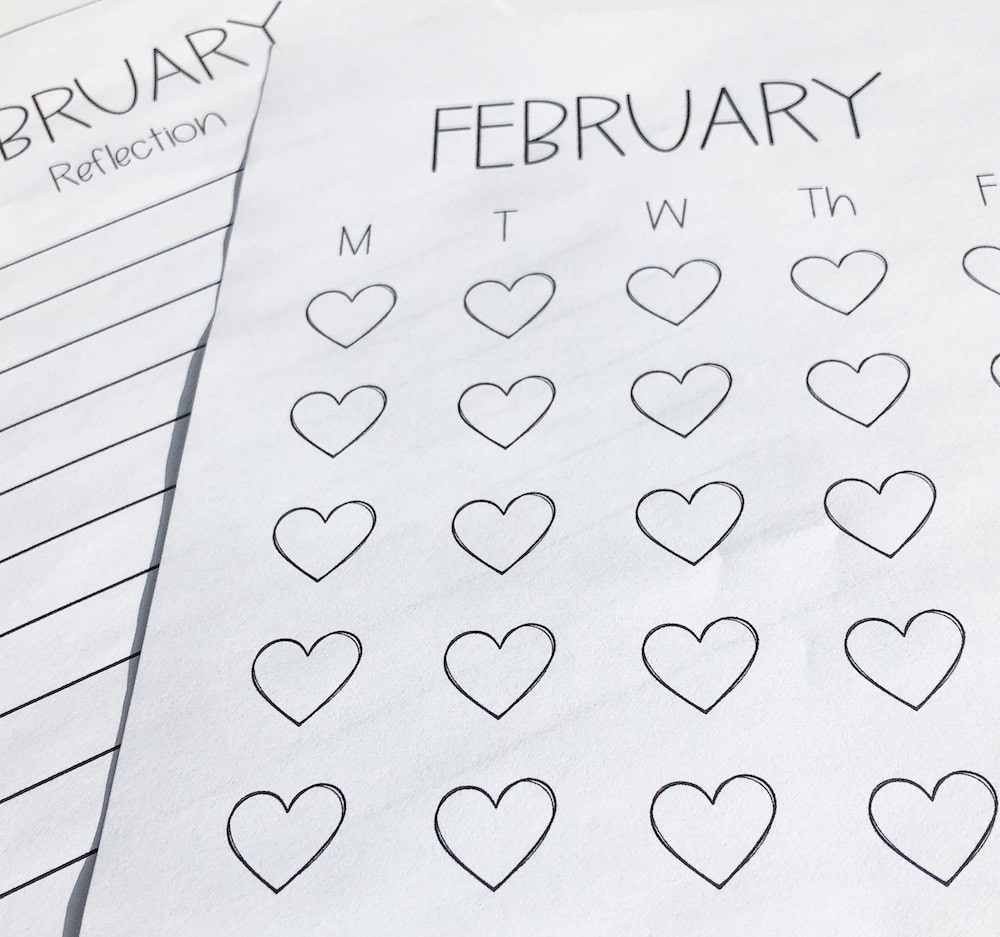
Another Option for Behaviour Management
Learners who are still learning self-regulation skills, often benefit from having their day “chunked” so they can see success. This is great for kids who would be colouring yellow or red for most days. For these learners, I like using a daily behaviour chart option.
Have you used behaviour charts in the classroom? Comment below and let me know!
Want to try them out?






